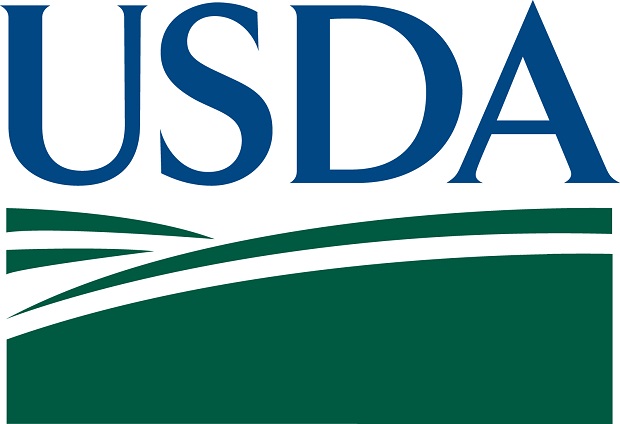The April WASDE Report is generally a quite affair with few revisions, but there was some anticipation with COVID-19 and the OPEC oil price war that there could be some demand adjustments. U.S. corn ending stocks for the 2019-2020 marketing year were increased by 200 million bushels from the March report to 2.092 billion bushels. Ted Seifried with Zaner Ag in Chicago says the increase came from a 375 million bushel drop in corn demand for ethanol. “It is a result of production cuts tied to lower gas demand as the nation travels less due to the COVID-19 pandemic. However, I am glad that USDA pulled the band aid off and decided to address the demand in this report. That will put some of the fear behind us and may have just put a floor under this market.” USDA raised feed demand to offset that by 175 million bushels. World carryout was also raised by 5.86 million metric tons compared to March to 303.2 mmt.
Soybean ending stocks in the U.S. were also raised to 480 million bushels, which was an increase of 55 million bushel from last month most of that came from a 50 million bushel drop in exports. However, global carryout was lowered to 100.5 million metric ton with lower production figures in South America. Brazil’s crop was lowered by 1.5 mmt to 124.5 mmt and Argentina’s production estimate dropped by 2 mmt from the previous projection to 52 mmt.
Wheat ending stocks were also raised domestically by 30 million bushels, compared to last month’s figure of 940 million bushel. Seifried says the increase came from lower feed demand. However, with the recent rush on wheat around the world tied to the COVID-19 pandemic it was interesting to note there was no indication of any shortage in the world. Global ending stocks were also hiked to 292.8 mmt, which was a 5.7 mmt increase from March.
The market will key in more closely to the May WASDE numbers which will include the first new crop supply and demand tables. It will also include old crop demand adjustments and the results of resurveying farmers in four states in the upper Midwest, including South Dakota and Minnesota where crops were not completely harvested last fall. The National Ag Statistics Service has indicated they will wait to resurvey farmers in North Dakota until a later date as more than 20% of the corn crop was still in the field as of April 6.
News
April WASDE Shows Increased U.S. Ending Stocks, Mixed World Stocks

Photo: WNAX




